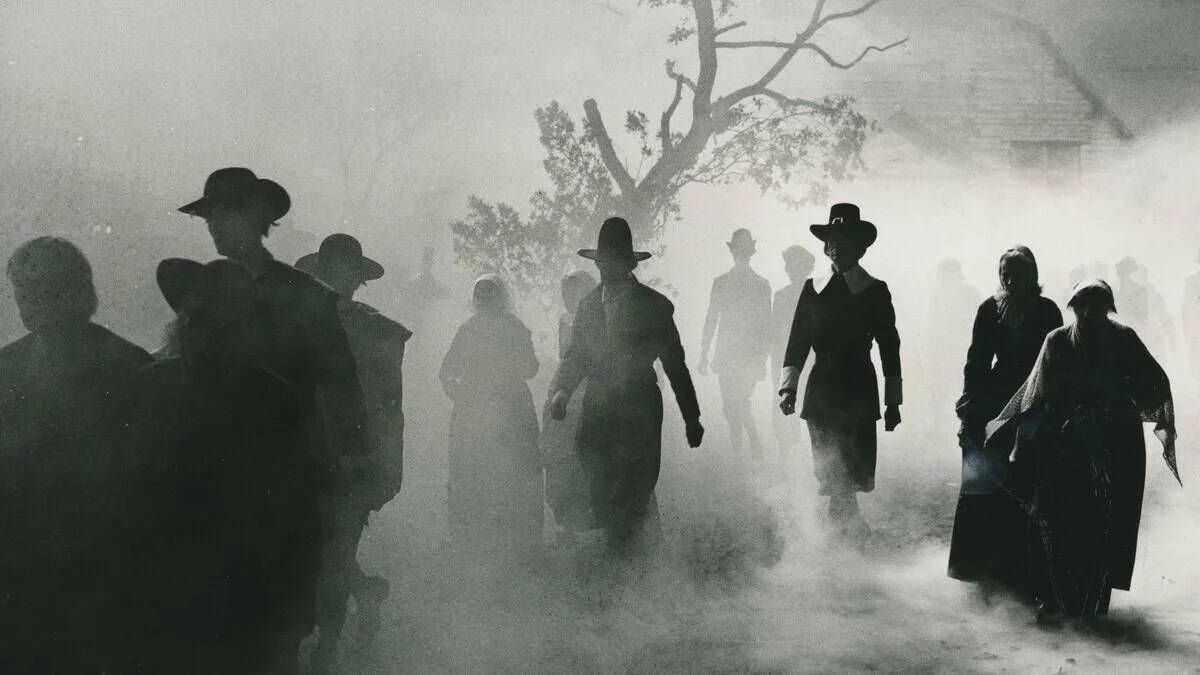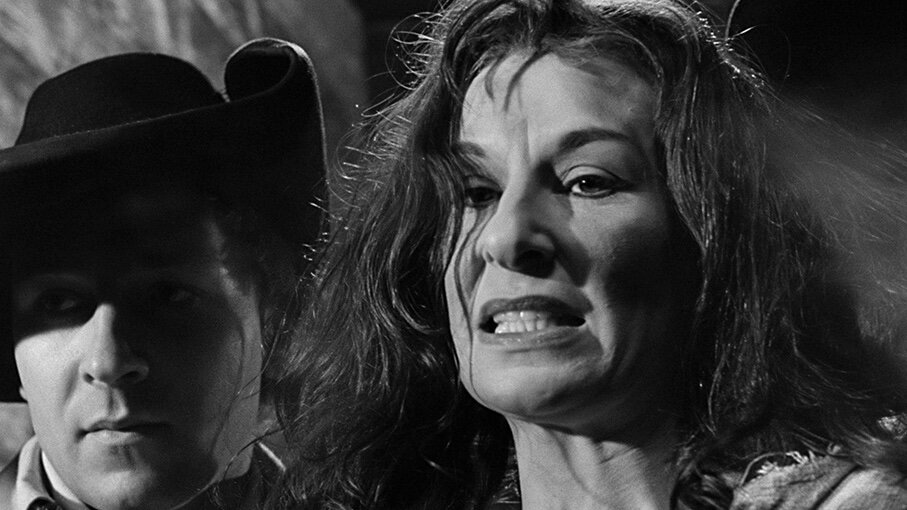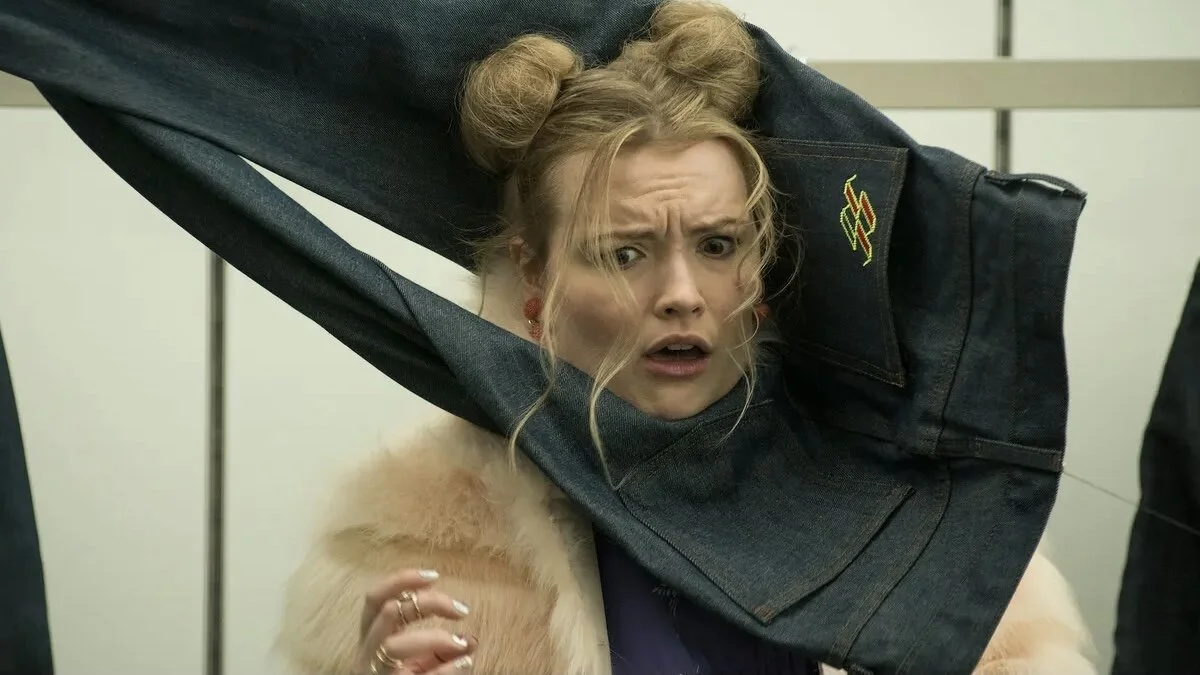Film Review — "The City of the Dead" (1960)
When it comes to horror movies, 1960 was not fucking around. A truly landmark year for the genre, you’ve got: Georges Franju’s Eyes without a Face, Mario Bava’s Black Sunday, William Castle’s 13 Ghosts, Terence Fisher’s The Brides of Dracula, Roger Corman’s House of Usher, Michael Powell’s Peeping Tom, Nobuo Nakagawa’s Jigoku, and of course Alfred Hitchcock’s Psycho. Gothic, supernatural, psycho-sexual frights were all the rage 61 years ago.
Released in the UK in September 1960, John Llewellyn Moxey’s The City of the Dead follows a curious university student named Nan who travels to Whitewood, Massachusetts, at the behest of her professor, to conduct research on the village’s ominous ties to witchcraft. In 1692, the puritanical citizens of Whitewood burned a witch named Elizabeth Selwyn at the stake. But unbeknownst to them, Selwyn had made a pact with Lucifer for eternal life in exchange for two annual virgin sacrifices, to be made on two specific days every year—one of those dates being the night Nan arrives in town.
But you may not have picked up on that if you watched this film in an American theater. When The City of the Dead made its way across the pond a couple years after its UK premiere, it screened under a new title and with a few sacrilegious lines omitted. Renamed as Horror Hotel (for some goddamn reason), the pious US censors took issue with Elizabeth Selwyn announcing her deal with the devil and her wish for Whitewood to be cursed for eternity, two very important details that are key to comprehending the plot. It erases some of Patricia Jessel’s fierceness as well.
As the hellacious witch Elizabeth Selwyn, she is fabulous. If you’ve ever thought that Wendy Hiller needed just a dash of Sandra Bernhard, Patricia Jessel has you covered. She leans all the way in for this performance. She brings the perfect amount of theatricality to the character, which is fitting considering Jessel was still relatively fresh off her Tony Award win for Witness for the Prosecution. She’s an actress in complete control of every one of her face’s hyper-distinct features, and it works to the benefit of the film.
Matching Jessel’s striking qualities is the expressive lighting. Cinematographer Desmond Dickinson reemploys the eye-catching design he brought to Laurence Olivier’s cinematic adaptation of Hamlet twelve years prior. Dickinson gives The City of the Dead a Gabriel Figueroa-esque chiaroscuro look that adds to the film’s thick atmosphere. The evocative lighting is not always entirely motivated, but that’s okay because it’s so appropriately stirring. And it somehow makes the over-abundant fog seem sensible.
Also contributing to the spookiness is Christopher Lee’s inimitable grandeur. Lee plays Professor Driscoll, Nan’s scholarly mentor with a mysterious connection to Whitewood. By this point in his career, Lee had established himself as a force—having already played The Mummy in The Mummy, The Creature in The Curse of Frankenstein, and having redefined Dracula in Horror of Dracula. Watching all of Christopher Lee’s nearly 300 acting credits sounds like it would be a life-long goal, but if you’re willing to take on the task, The City of the Dead would be one worth watching early on in your journey.
Thanks to the efforts of the good folks over at Arrow Films, Shudder, and Turner Classic Movies, the film is fairly accessible. And yet compared to a few of the pictures listed at the top, John Llewellyn Moxey’s The City of the Dead appears to be somewhat forgotten to time. It occupies a dark corner in the hearts of horror aficionados for sure, but today’s general audiences will in all likelihood be unfamiliar with it. And that’s a shame because this ought to be in that pantheon of celebrated horror classics from 1960. It’s that delightful.
For a low-budget film with a modest run-time, it makes its dollars and minutes go pretty far. The aforementioned visual aesthetics and strong performances add to the gloomy ride, but so too does the bold storytelling. You may have noticed that I’ve been skirting the finer details of the plot, and there’s a reason for that: I’m not going to do what many synopses for The City of the Dead do and blow the midpoint twist that sets up the entire second half of the movie and leads to the fiery climactic battle, which I honestly found rather impressive for the era. John Llewelyn Moxey pushes this economical horror movie in directions that I did not expect. This is a helluva a debut for him.





